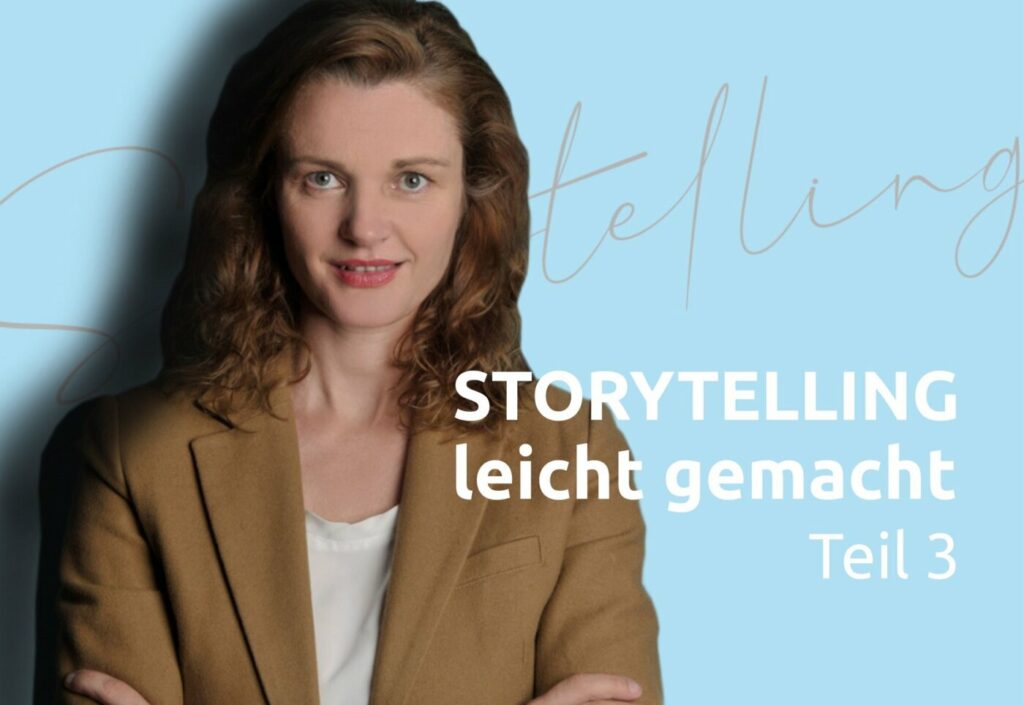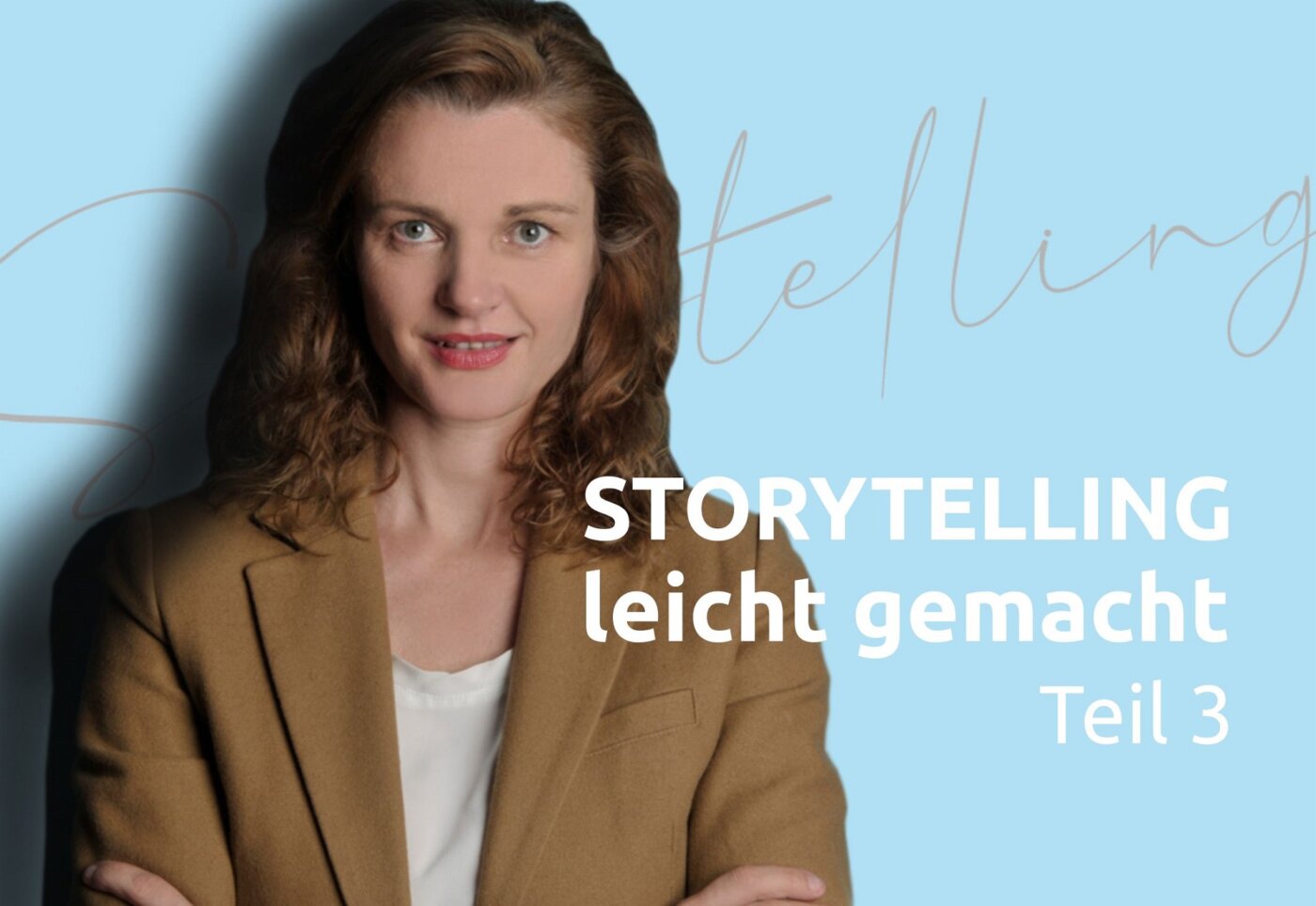Everyone is talking about storytelling - hardly any PR or marketing strategy can do without it. Storyteller Sandra Casalini explains that storytelling doesn't have to be complicated at all. On the contrary: it works in exactly the same way as telling a child a bedtime story. It also works according to certain rules. Number one: the child needs a reason to listen to me. Number two: I have to get the timing right. The story has to be relevant in the here and now. Number three: I need a common thread. And I have to concentrate on the essentials. Less is often more. Let's move on to number four:
A story needs one - or several - heroes or heroines. It is not so important that they behave heroically in the usual sense. It is much more important that the child can identify with them. The fact that this doesn't always have to be so obvious can be seen in many children's books in which animals are the heroes. A child can certainly empathize with the fact that it is a challenge for the timid bunny to leave its cave. In the course of the story, the child empathizes more and more with the bunny. This means that the hero must fit in with the story. And: the hero and the story only work together. Saying to the child: "Look, here, shy bunny. Good night" would be a pretty poor bedtime story.
In other words: A hero without a story NEVER works! A face is not a story. No matter how prominent this face is. I have seen many, many companies that would have saved a lot of money if they had come up with a good storyline before hiring expensive celebrities for their purposes. And were disappointed afterwards because "the celebrity didn't work out". When that happens, it's very rarely the hero who doesn't work. It's the - missing - story.
The really big feelings
Number five: Emotions, emotions, emotions! The child who snuggles into the pillows in the evening doesn't want to have to "fire up" its brain in order to benefit intellectually from the story. It wants to be hit in the heart and in the stomach. Every kind of emotion is allowed. It is also allowed to hurt a little. The child in particular, who is confronted with his own reticence thanks to the bunny, will listen best.
Not every storyline has to trigger the really big emotions. That happens relatively rarely. But emotions are subtle creatures, and they come in countless shades. For example, when you read that a ski resort - an FBC customer - has set up a "safe selfie station" because Suva has just announced that a lot of skiing accidents happen because people take selfies in the middle of the piste - do you feel a bit caught out? That's enough to make the story stick with you.
And what's next? Sandra Casalini reveals in the fourth part of her blog.
Want to know how to tell a story with images or videos? Then get our free practical guide "6 tips for successful visual storytelling".

About Sandra Casalini:
Sandra Casalini has been working in the media for over twenty years and during this time has not only built up a reputation as an excellent copywriter, but also an impressive network. A few years ago, she ventured into PR and knows the business from both sides. Today she writes regularly for magazines such as Schweizer Illustrierte, the parents' magazine Fritz und Fränzi and the high mountain magazine Bergwelten. She also advises clients such as Race for Life and Ferris Bühler Communications on storytelling. She is a co-speaker in the popular Ferris Bühler PR seminarwhich takes place several times a year.


